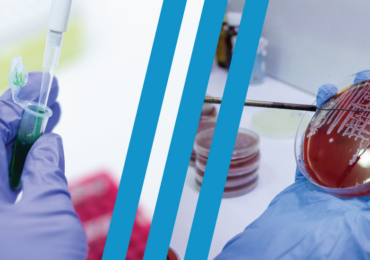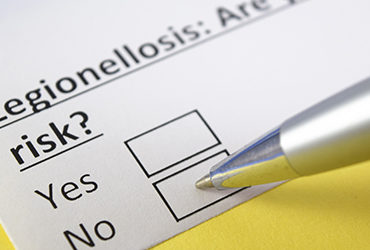Legionella, the bacteria responsible for causing Legionnaire’s disease, is one of the most significant sources of waterborne disease outbreaks in the United States. It’s also largely preventable: investigations by the CDC have indicated that many cases could have been prevented through better water management.
While 2nd Generation ATP testing can act as a “canary in a coal mine” for identifying microbial risks, Legionella-specific tests are an important element of your water management plans.
Legionella-specific testing methods
Legionella-specific testing may be performed for different purposes:
- routine monitoring to verify the efficacy of the water management program
- identifying high risk or critical control locations in a water system
- part of an investigation to identify potential sources of an outbreak
Common Legionella-specific test methods include culture tests and quantitative Polymerase Chain Reaction (qPCR) testing.
Culture testing for Legionella
Legionella culture tests are performed by growing the organisms on selective media. The method is complex and performed by specialized laboratories. One advantage is that the tests are well-established and familiar to many water system owners and operators. Because of this, there are many references available to help establish action levels based on culture results. One downside, however, is that the test requires long incubation times, so results are often not available until 10 to 14 days after samples have been collected. Culture tests may also underestimate true quantities because they will not detect viable cells that are not culturable.
qPCR testing for Legionella
qPCR testing is a rapid DNA based method that is increasing in popularity and acceptance for monitoring Legionella.
The biggest advantages of qPCR testing are:
- The test is rapid, allowing for results within 2.5 hours of sample collection, and
- The test is sensitive and can detect viable but non-culturable cells.
The high sensitivity and rapid results allow qPCR to be used as a quick screening tool for both investigative and routine monitoring. Moreover, qPCR field kits ensure that results are representative of field conditions, preventing any potential changes that could occur in the sample while it’s being transported to the lab.
Given their different strengths, these two test methods can complement each other as part of a comprehensive monitoring program.
Learn why qPCR testing is a game changer for Legionella testing, and what the validation data has to say about its efficacy, benefits, and how it compares to other methods.
LuminUltra’s GeneCount qPCR solutions
LuminUltra’s GeneCount® qPCR solutions and services help monitor for Legionella. For more information about how you can use LuminUltra’s Legionella species or Legionella pneumophila qPCR assays to help monitor your water management program, contact our technical support team .









